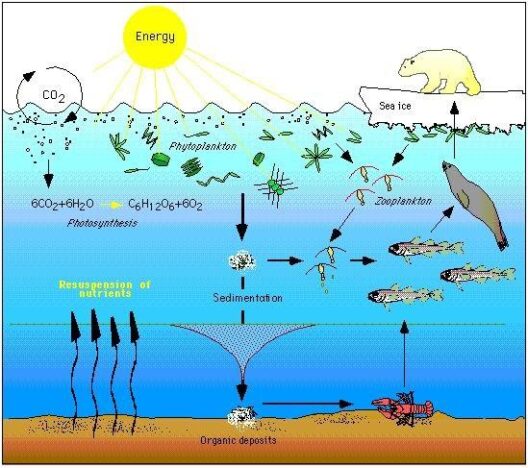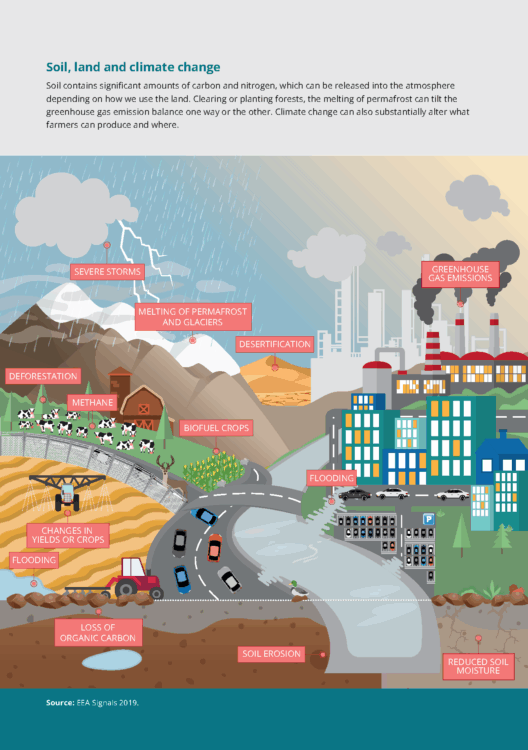Global climate change is akin to an advancing tide, slowly but relentlessly encroaching upon the shore of our existence. Its repercussions are profound, as they threaten ecosystems, human health, and social structures. The urgency to act is paramount. Herein lies a comprehensive examination of ten real and tangible strategies that can be employed to stave off the adverse effects of climate change. Each strategy represents a strand in the intricate web that constitutes our ecological balance and demands meticulous attention.
1. Transcending Transportation: Electrifying Our Journeys
Transportation is the most significant contributor to greenhouse gas emissions. Transitioning to electric vehicles (EVs) not only minimizes our carbon footprint but also curtails air pollution. The advent of EV technology has brought forth an array of options that rival their gasoline counterparts. Embracing public transport, cycling, or carpooling can further amplify this shift, and thereby foster a collaborative spirit among communities. Each small choice we make reverberates through the intricate lattice of our ecosystem.
2. The Power of Planting: Reforesting Our Planet
Forests serve as the lungs of our planet, sequestering carbon dioxide while releasing oxygen. Engaging in reforestation projects and supporting local tree-planting initiatives can exponentially amplify our efforts to combat climate change. Moreover, preserving existing forests is paramount; each tree cut down is not merely a loss of timber, but an irrevocable severance of vital ecological services that sustain myriad life forms. Thus, forging partnerships with environmental organizations to advocate for forest conservation is not merely an option but a necessity.
3. Mindful Consumption: Reducing Our Ecological Footprint
Consumer habits possess an indelible impact on our environment. Adopting a minimalist ethos can significantly mitigate waste generation and resource depletion. This involves scrutinizing our purchasing decisions, prioritizing sustainable products, and opting for local and seasonal produce. The concept of a circular economy invites us to envision a marketplace that values longevity and recyclability, as opposed to the ephemeral nature of disposable goods. Each conscious choice can act as a ripple effect, fostering a culture of sustainability.
4. Renewable Energy Revolution: Harnessing Nature’s Gifts
The transition from fossil fuels to renewable energy sources is paramount. Solar, wind, and hydroelectric power offer viable alternatives that not only reduce dependency on oil but also empower communities through energy independence. Encouraging the installation of solar panels and wind turbines within localities can expedite this revolution. It is imperative for individuals and businesses to advocate for policies that incentivize renewable energy projects, ushering in an era of sustainability fueled by the very forces of nature that surround us.
5. Ecological Agriculture: Rethinking Our Food Production
Modern agriculture is notorious for its intensive practices that degrade the environment. Transitioning to sustainable farming methods can enhance soil health, reduce waste, and promote biodiversity. Practices such as permaculture, agroforestry, and organic farming not only yield nutritious crops but also replenish the ecosystem. Consumer support for local farmers markets and organic produce amplifies this initiative, creating a symbiotic relationship between agriculture and conservation. By reimagining agriculture, we can harmonize our appetite with ecological balance.
6. Waste Not, Want Not: Mastering Waste Management
Waste management is an overlooked yet critical facet of climate change mitigation. The staggering amounts of waste produced, especially plastic, have dire consequences for marine and terrestrial ecosystems alike. Implementing practices such as composting, recycling, and zero-waste lifestyles can drastically reduce landfill contributions. Communities can rally around educational campaigns that highlight the importance of responsible waste management, thereby cultivating a culture rooted in respect for our planet’s resources.
7. The Advocacy of Awareness: Educating for Change
Education serves as the cornerstone of impactful change. By fostering awareness about climate change, individuals are empowered to take actionable steps. Integrating environmental curricula into educational systems and promoting community workshops can galvanize collective action. Social media platforms serve as powerful tools for spreading awareness and uniting individuals in their quest for sustainable living. Through education, we sow the seeds of knowledge that blossom into a more environmentally conscious society.
8. Policy Engagement: Championing Legislative Action
Legislative measures play a crucial role in climate action. Engaging with policymakers to advocate for stringent environmental regulations and sustainable practices can yield significant results. Grassroots movements can press for the adoption of renewable energy standards, emissions reductions, and conservation funding. Ultimately, influencing policies not only fosters a governmental commitment to combat climate change but also galvanizes citizens to remain informed and engaged.
9. Water Conservation: Protecting a Precious Resource
Water scarcity is an increasingly pressing issue exacerbated by climate change. Conserving water through efficient usage in households, agriculture, and industries is critical. Implementing rainwater harvesting systems and promoting drought-resistant landscaping showcase innovative solutions that individuals and communities can adopt. Each drop saved speaks volumes about our collective responsibility to safeguard our planet’s finite resources.
10. Collaborative Community Engagement: Uniting for a Common Cause
The collective power of communities can ignite profound change. Mobilizing neighbors, friends, and local organizations to participate in environmental initiatives fosters a sense of belonging and shared purpose. Community gardens, local clean-up events, and climate rallies can galvanize collective efforts toward sustainable action. By working together, communities can create resilient ecosystems that support both their inhabitants and the environment around them.
In conclusion, combating climate change requires a multifaceted approach that interconnects individual actions, communal efforts, and systemic reforms. Each of the ten strategies elucidated here acts as a vital thread in the fabric of sustainability. The time to act is now; every moment spent deliberating is a moment that advances the tide. By embracing these pragmatic solutions, humanity can steer towards a future where our planet thrives, not merely survives. The resounding refrain of preservation calls us all to action, as it is within our grasp to change the narrative before it becomes too late.





